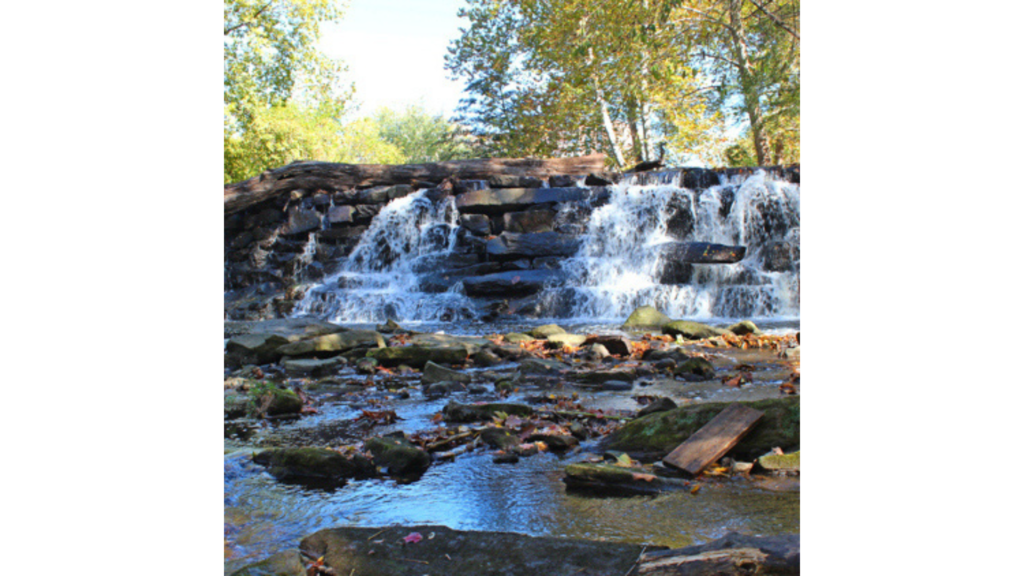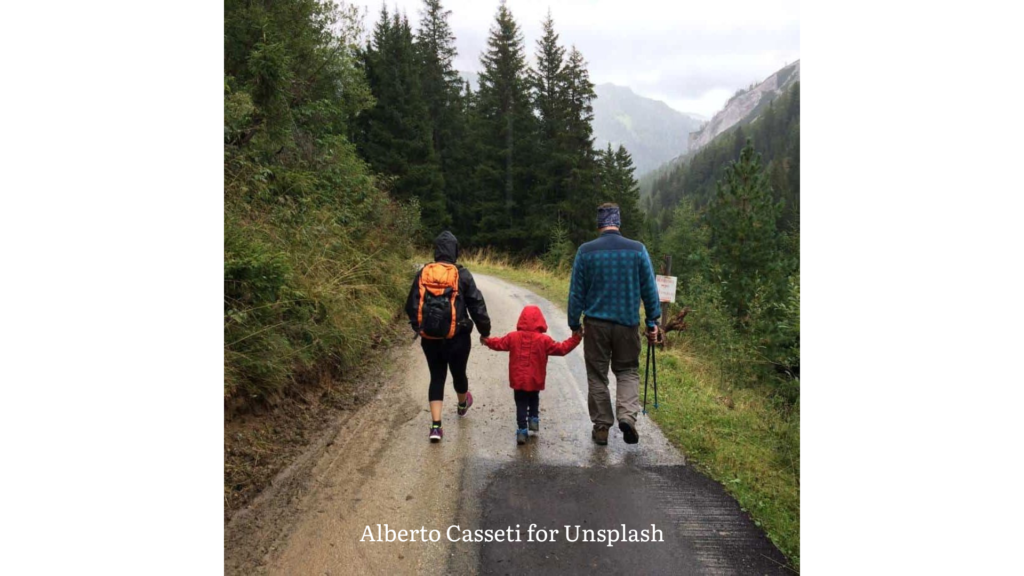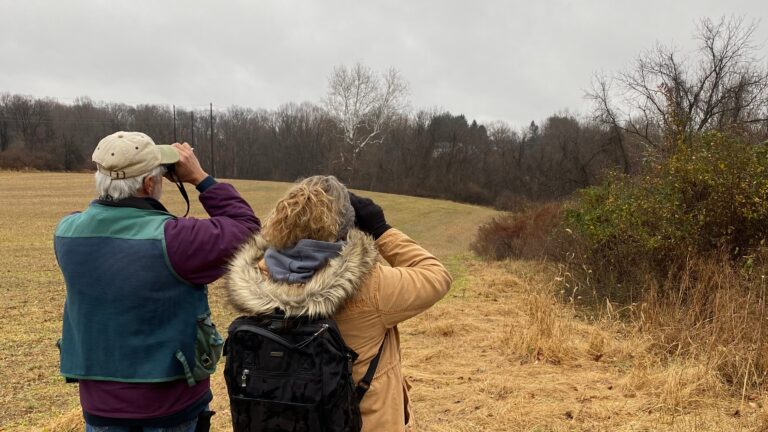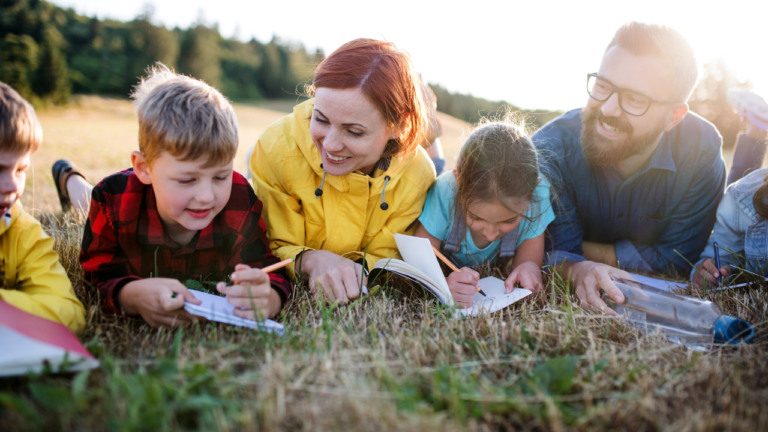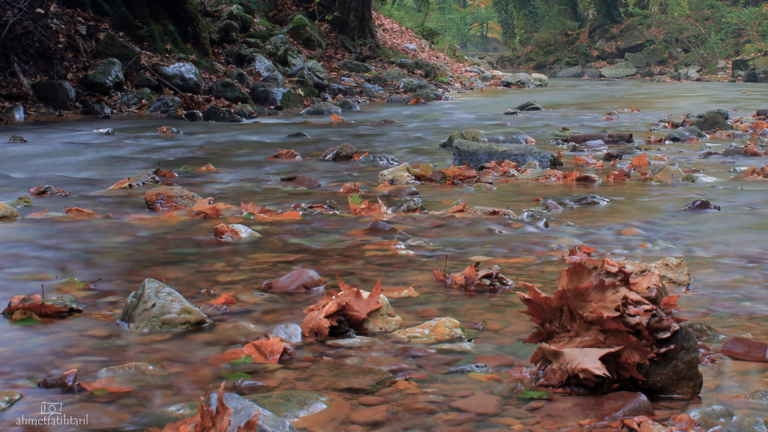10 Tips on How to Plan a Science Field Trip
If you are a homeschooling parent, I am sure you are looking for ways to get your kids outside. I also know that you probably want to do some meaningful science projects. But how can you combine the two? A great way is by going on field trips. One of the greatest challenges. however, is knowing how to plan your adventure and make it a meaningful learning experience. Let me share with you ten tips on how to plan a field trip: where to go, what to do, how to do it, and how to build community.
Tips on Where to Go
When you step out your door, the world is a big place. It may feel overwhelming to come up with a good idea for a field trip. So many possibilities exist. The key is to keep it simple.
Tip #1 is to take a look at your immediate surroundings. Do you have a yard or a garden? Does it have plants, trees or other natural features? Do birds fly in to visit at a feeder? Some of the easiest field trips can be done from the convenience of your own property.
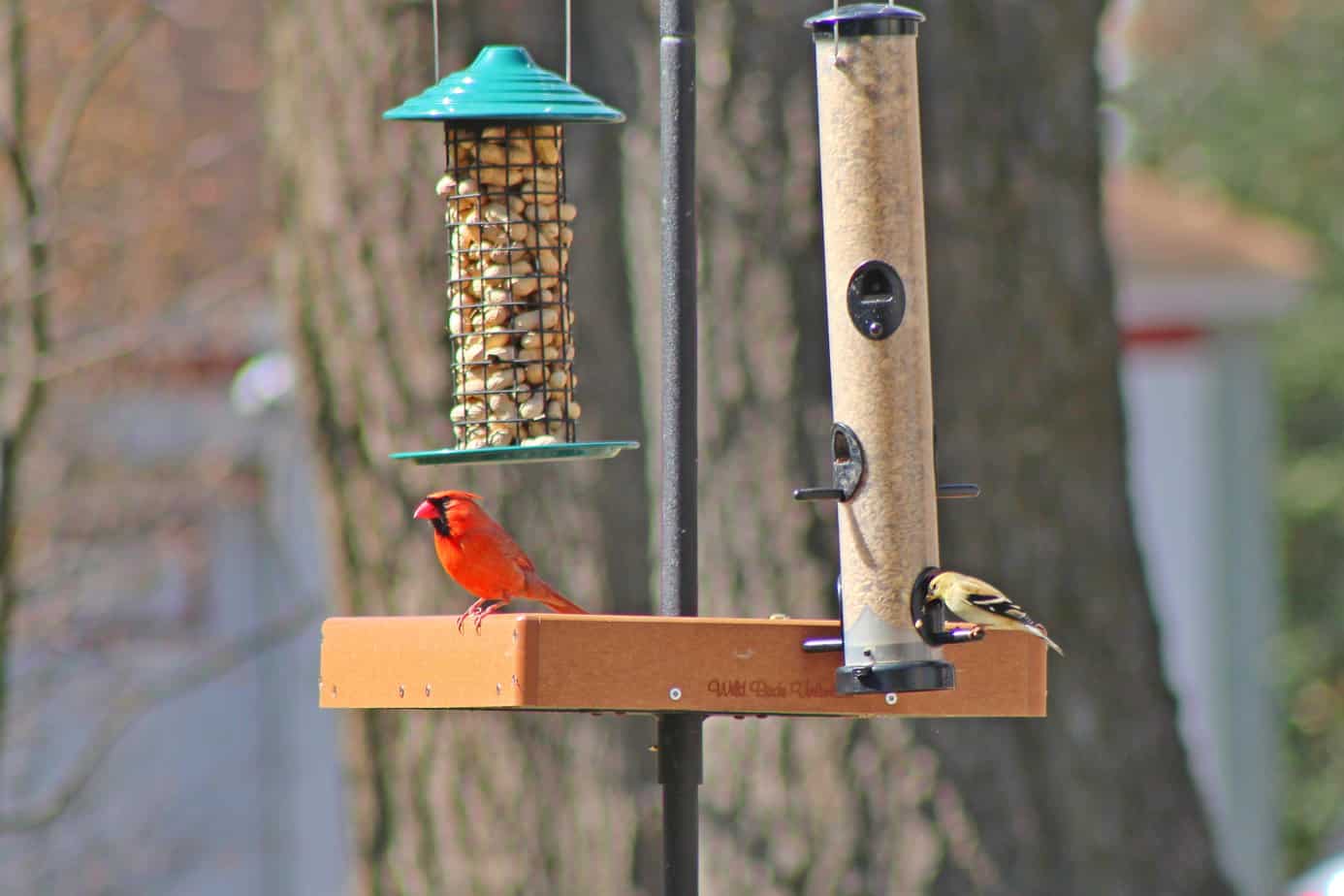
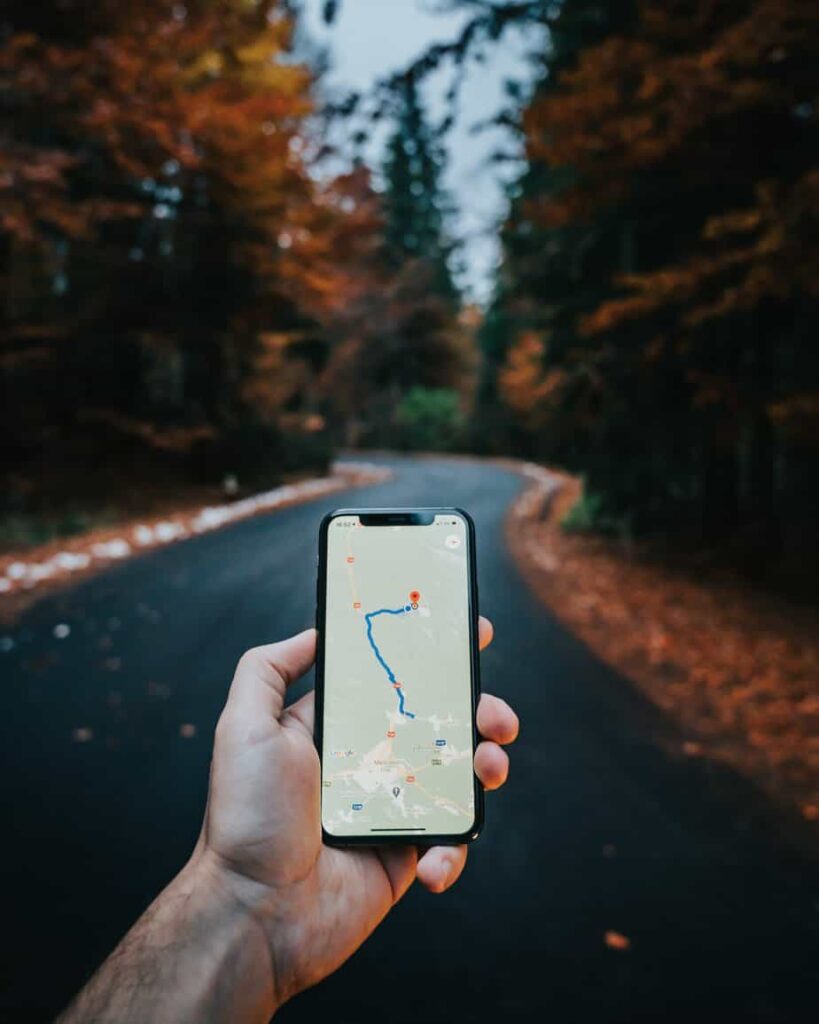
Tip #2 is to consider what is located within walking (or biking) distance from you. Try thinking outside the box a little here as we often stick to our well-worn paths. Are there any babbling brooks in your town? What about flower gardens downtown? A path through the woods? An open area to look at the sky? An urban park? If it helps, take out Google Maps and get to know the geography of your area a little better. You might find something new to explore that would make a fun field trip.
Tip #3 is for when you feel like going farther afield, Brainstorm what types of places appeal to your family the most. Are you water lovers? Perhaps drive to a river, lake, or ocean that you can do for a day trip. Do you like to hike? Plenty of field trips center around terrain that you might see on a typical walk through meadows, woods, or hillsides. Do you want to see the stars? Perhaps a camping trip away from the city lights would be best.
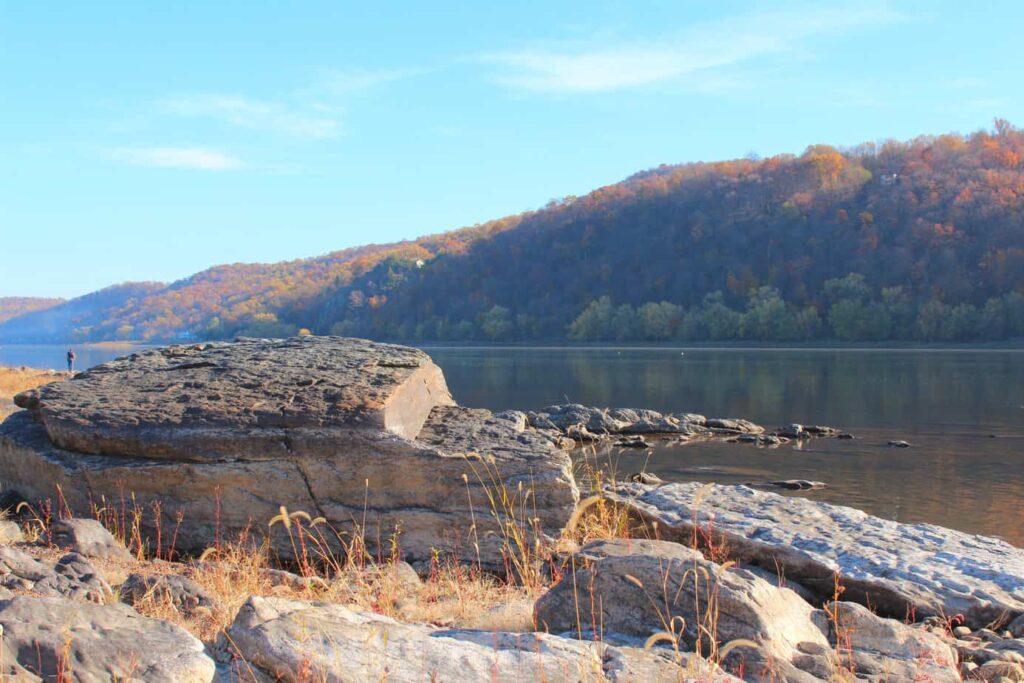
No matter where you decide to go, the most important thing to remember is that there is a science field trip in the offing! Why am I so certain about it? Because that’s what The Field Trip Academy is all about!
What to Do
Once you have picked a place, the next step is to think about what types of science activities you might like to do while you are there.
- Tip #4 is to consider using a community science (a.k.a. citizen science) project as the “anchor” for your learning. If you are not familiar with this term, it is basically a partnership between scientists and the community. The researchers provide guidance on what to observe and record and you provide them with the information that they seek when you are on your field trip.To get some ideas, consider reading one of our blog posts:
After looking through some possibilities, try to match a project to your preferred location so that you have a starting point for your science exploration.
Tips on How to Do It
This step is the one that will require you to put in the most time in planning. Here are some tips on what to consider as you plan out your field trip:
- Tip #5 is to ask yourself, “What resources do I need to do this trip?” If you are doing a community science project, it may require gathering some materials or downloading an App onto your phone. If you want to incorporate additional experiments or projects, add those materials to your list. Plan your field trip far enough in advance so that you can get your materials ordered (if needed), get your Apps downloaded, and have proper clothing packed.
- Tip #6 is to decide whether you think any background lessons are needed before you go to your location. Ask yourself, “Would my learner(s) benefit from reading about this science topic or watching a video? Preparing them ahead of time will make their experience in the field a lot more focused, purposeful, and successful.
- Tip #7 is to maximize your time while you are on site. The community science component might be a relatively small “ask” on the part of the scientists. It could be as simple as taking a chemical measurement or uploading a photo of a nature observation. If you have set aside a large portion of your day, you will want to go further in your science engagement. Ask yourself, “What other activities can my family do while we are at this type of nature location? You may want to do some google searching ahead of time to come up with some ideas.
- Tip #8 is to consider whether you would like to incorporate other subjects into your field trip day like math, art, or writing. Math is a natural corollary to doing science since so often science observations require measurements, calculations, data tables, and graphs. Art is another easy fit since the natural world can often be so beautiful and inspiring. And for those who like to express themselves through the written word, having a writing prompt ready can help round out a kid’s field trip day.
How to Build Community
Finally, as you embark on your science field trips, consider bringing along another family or your co-op! It makes the whole experience more fun if you can do it as a community. This leads me to final two tips:
- Tip #9 is to find ways to make your field trip a collaborative experience between different youth. Often more than one set of hands is needed to perform a task or take a measurement. By making the activity collaborative, you allow each homeschooler to feel like they have an important role to play in the activity
- Tip #10 is build in opportunities after the field trip for your homeschooling families or co-op to share their experiences with one another. It gives the youth a way to express themselves and everyone then gets to learn from one another.
I hope that you have found these top 10 tips to be helpful. If you follow them, you will be able to provide a quality educational experience for your kids.


